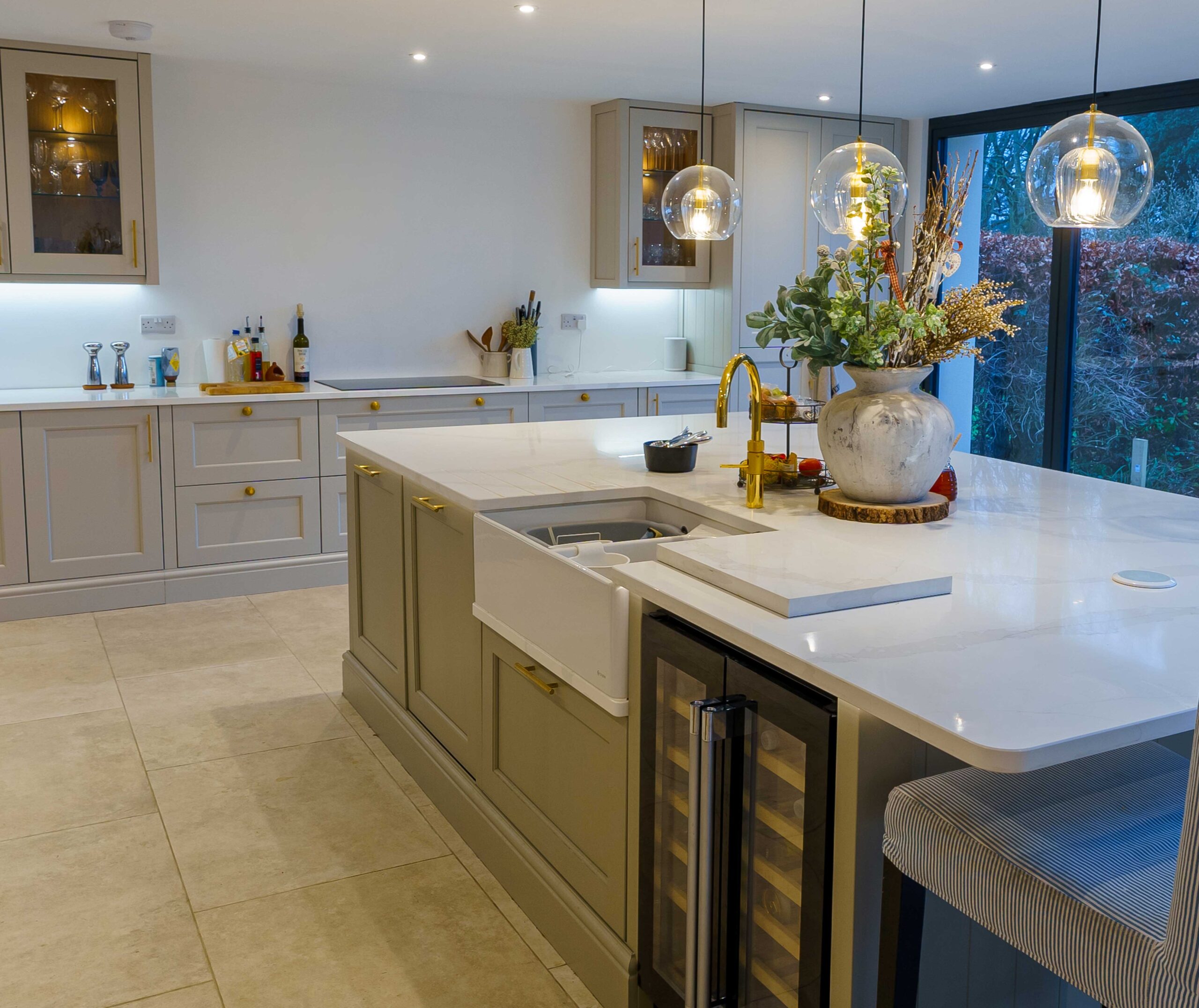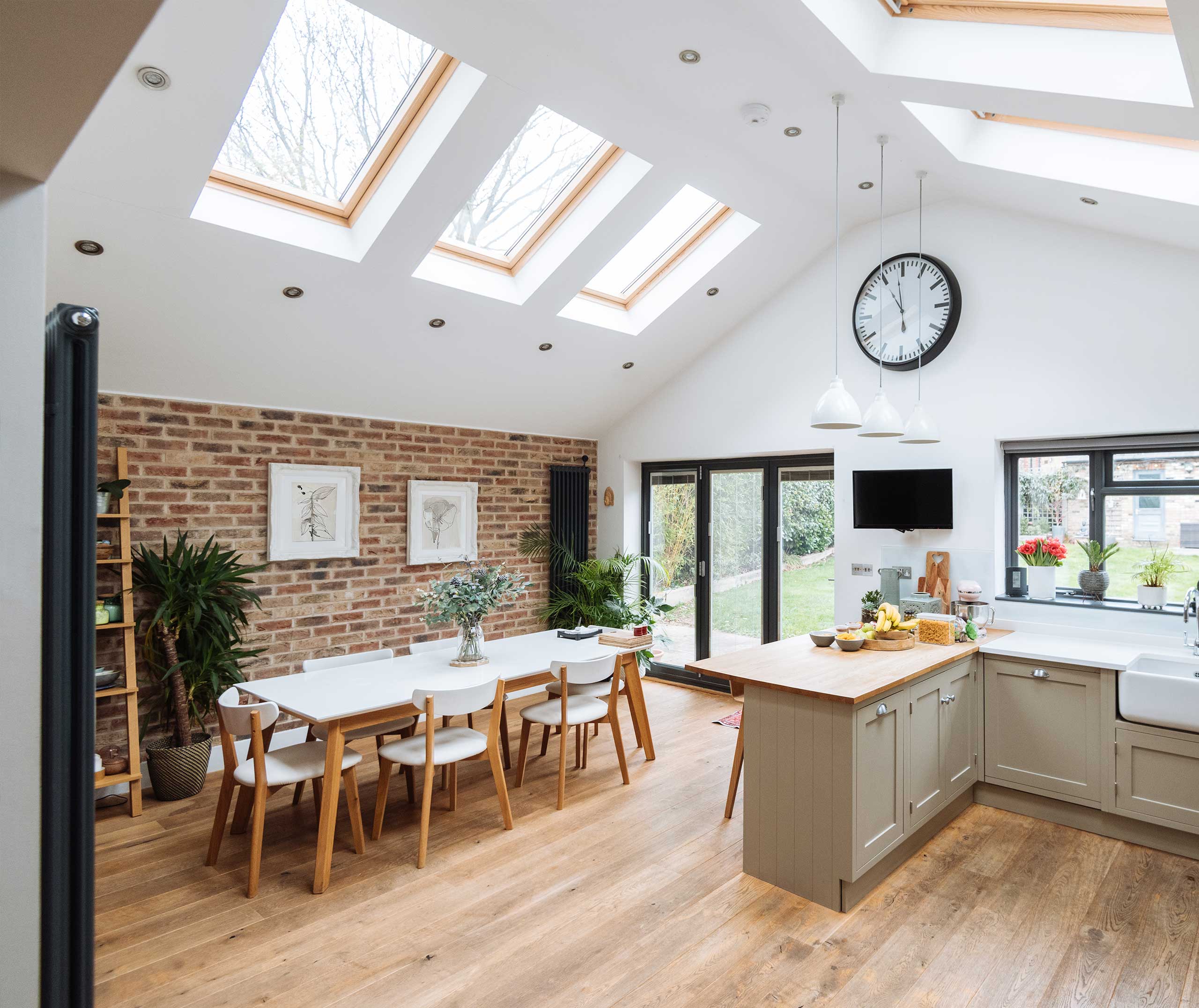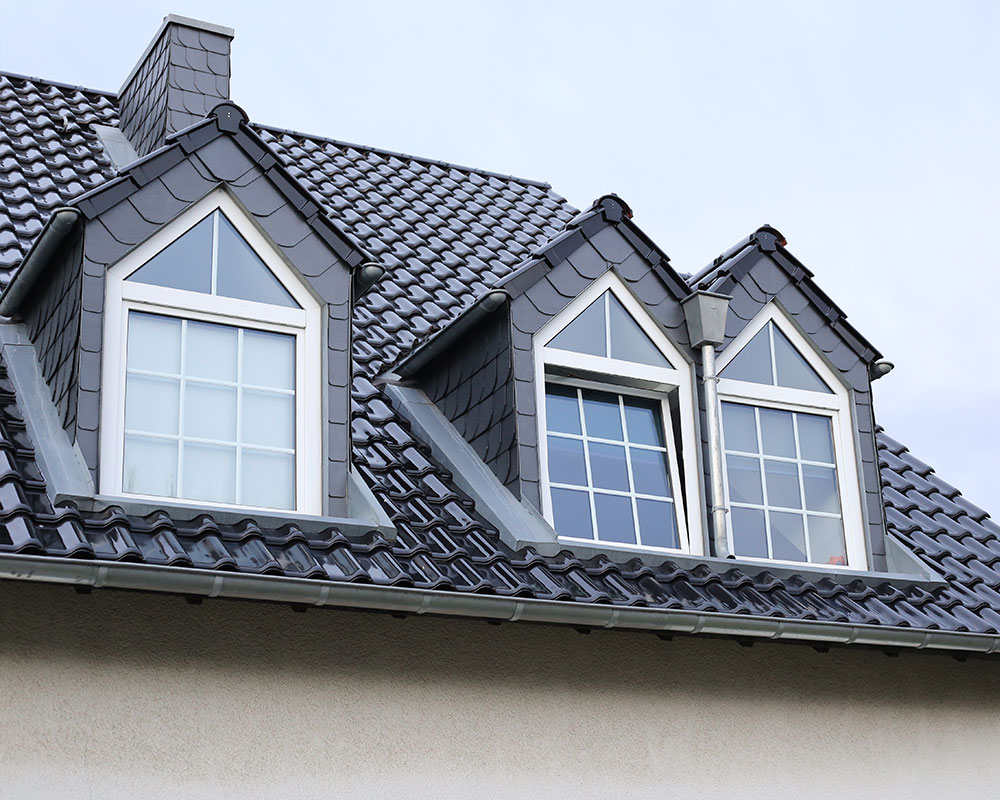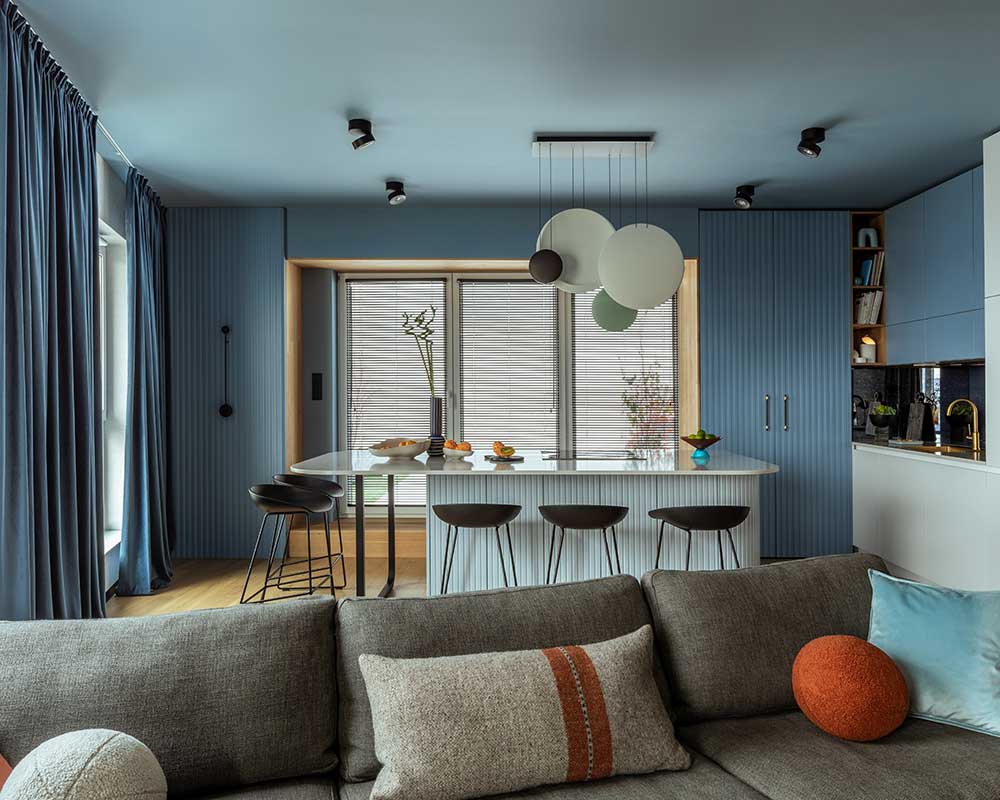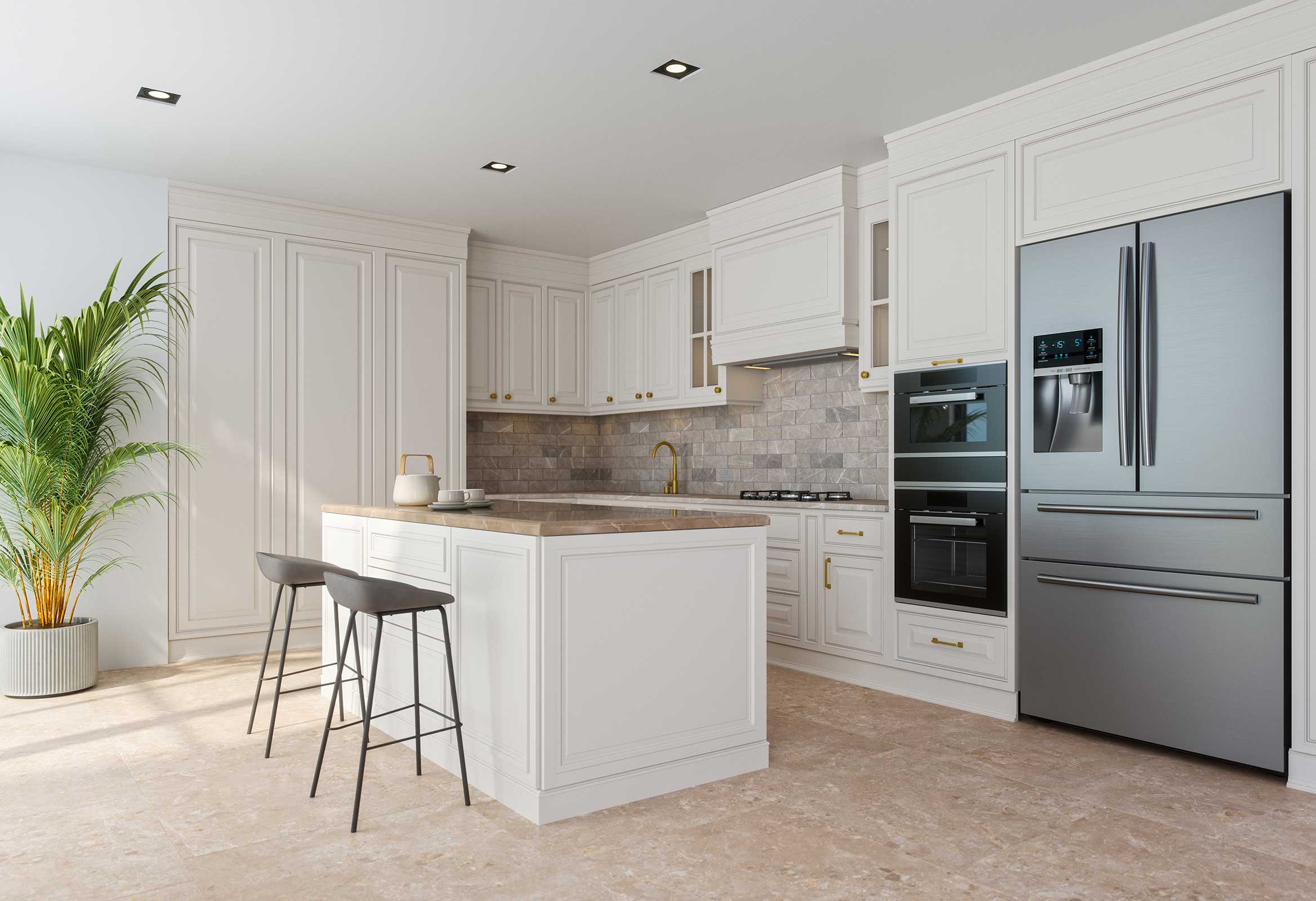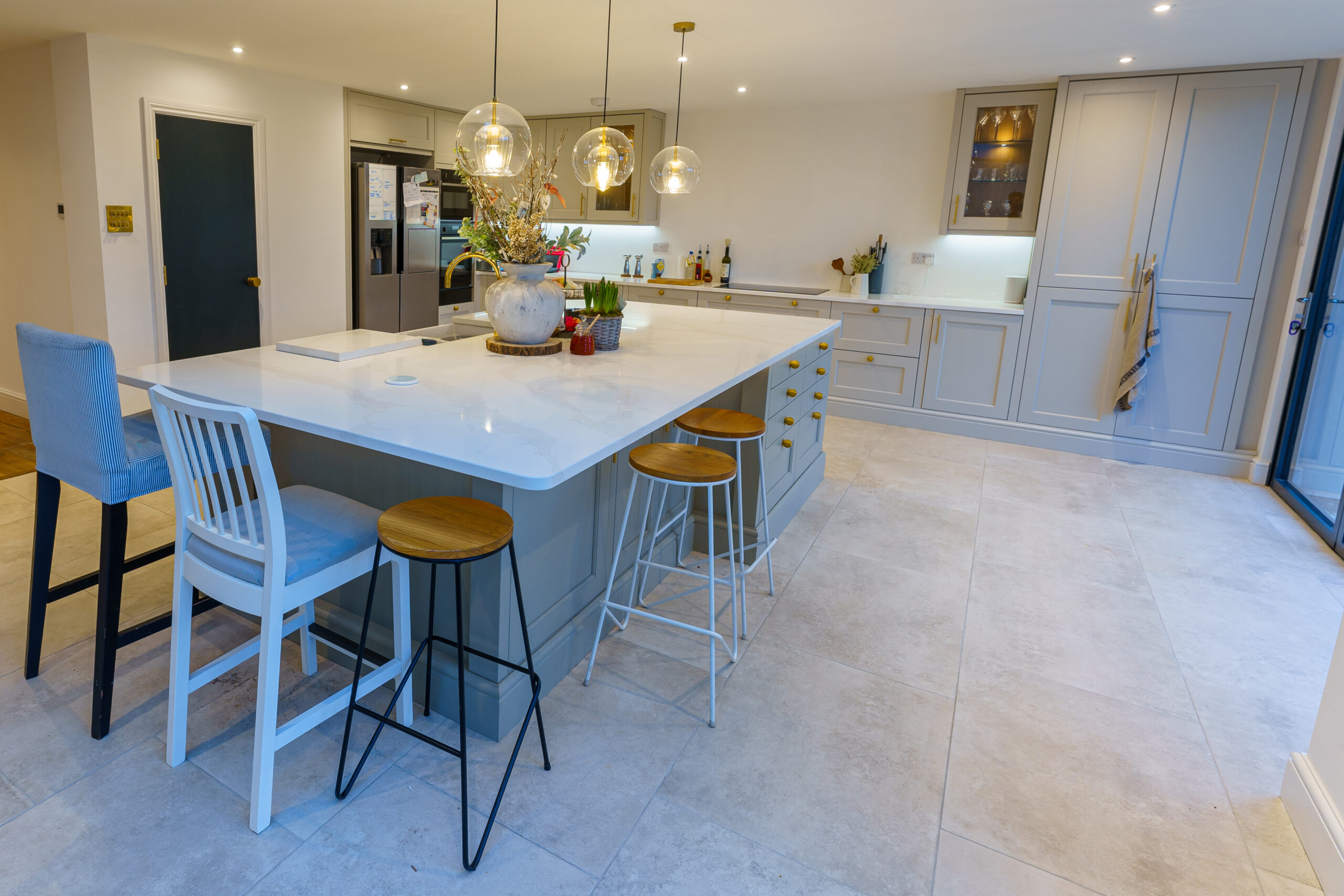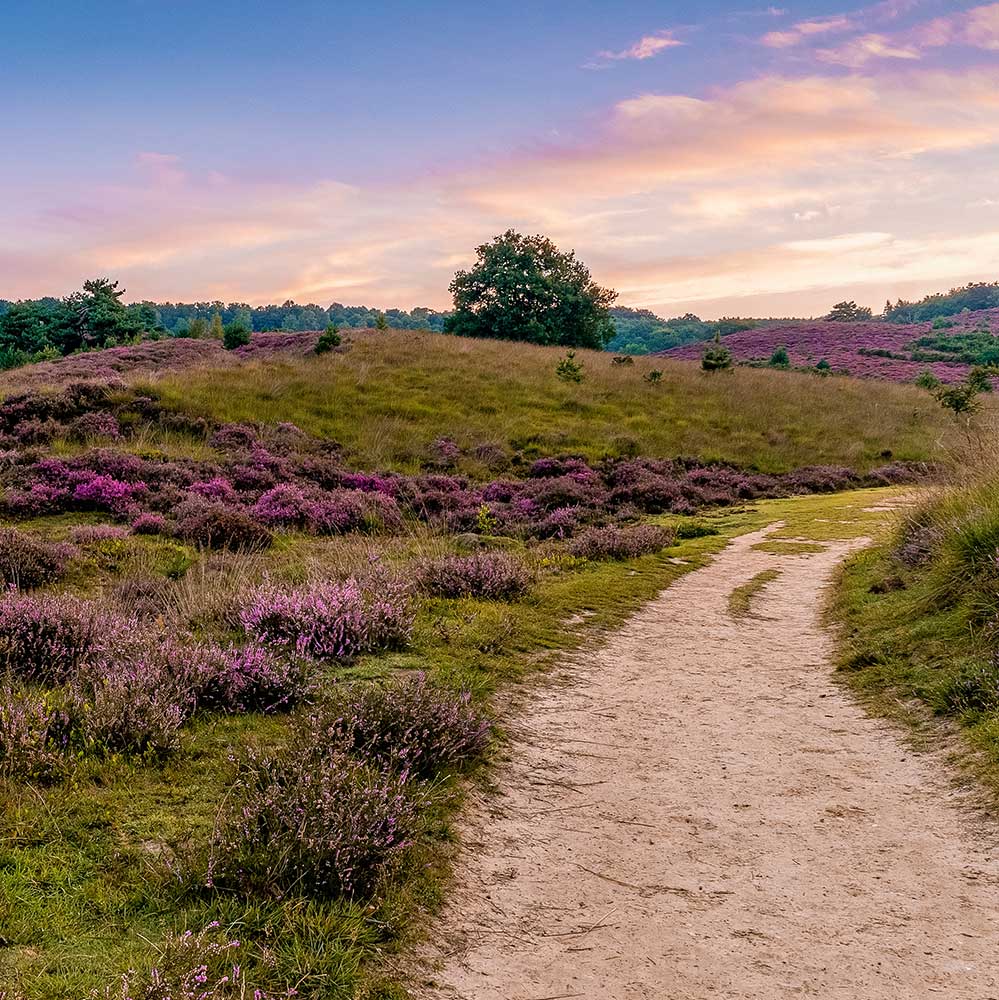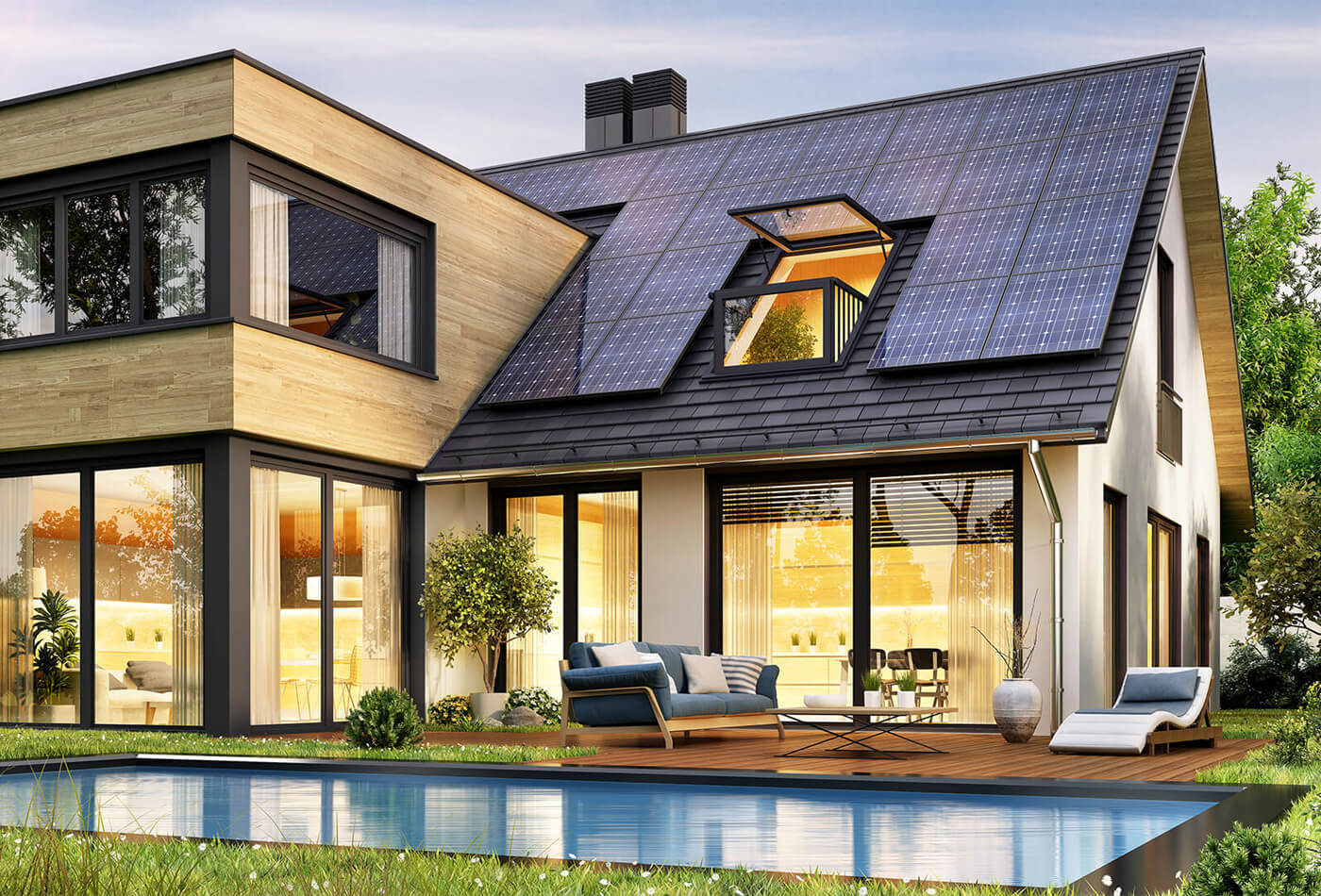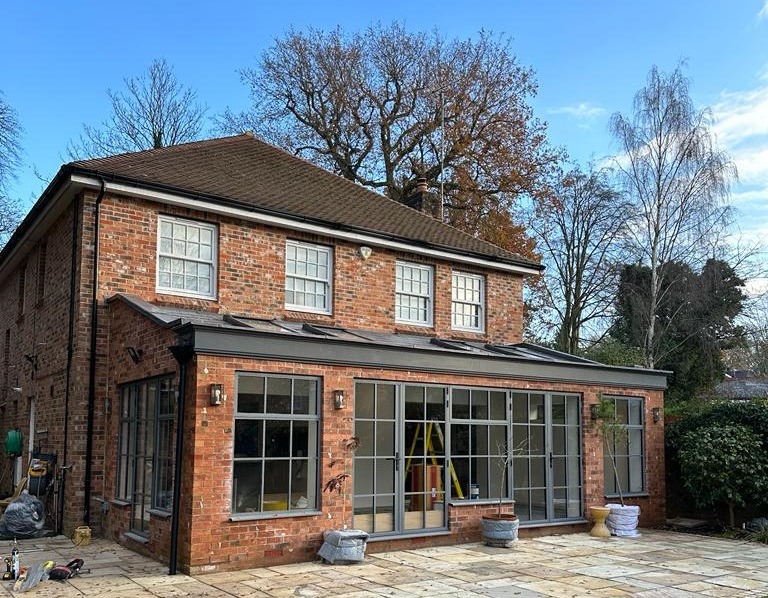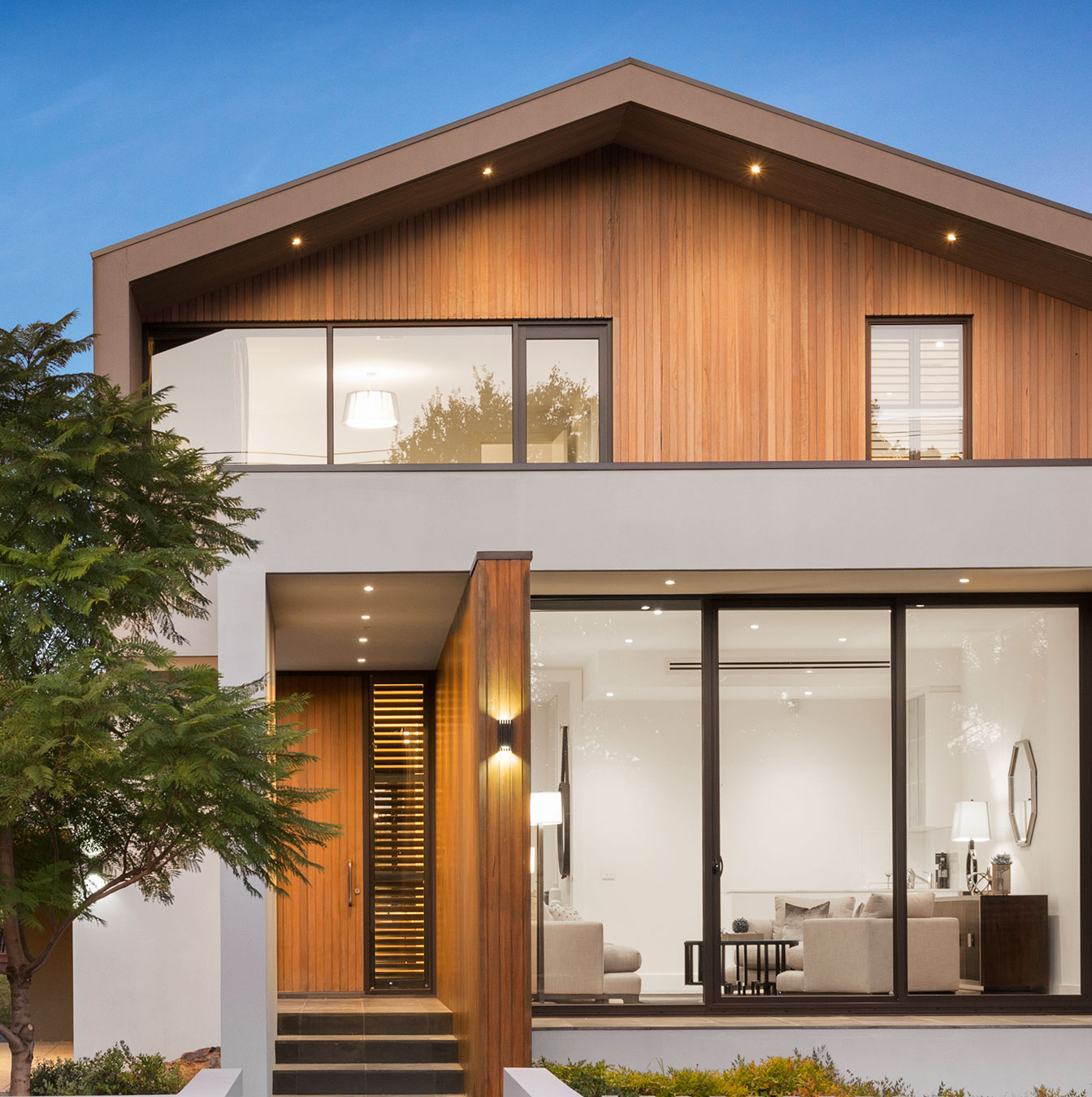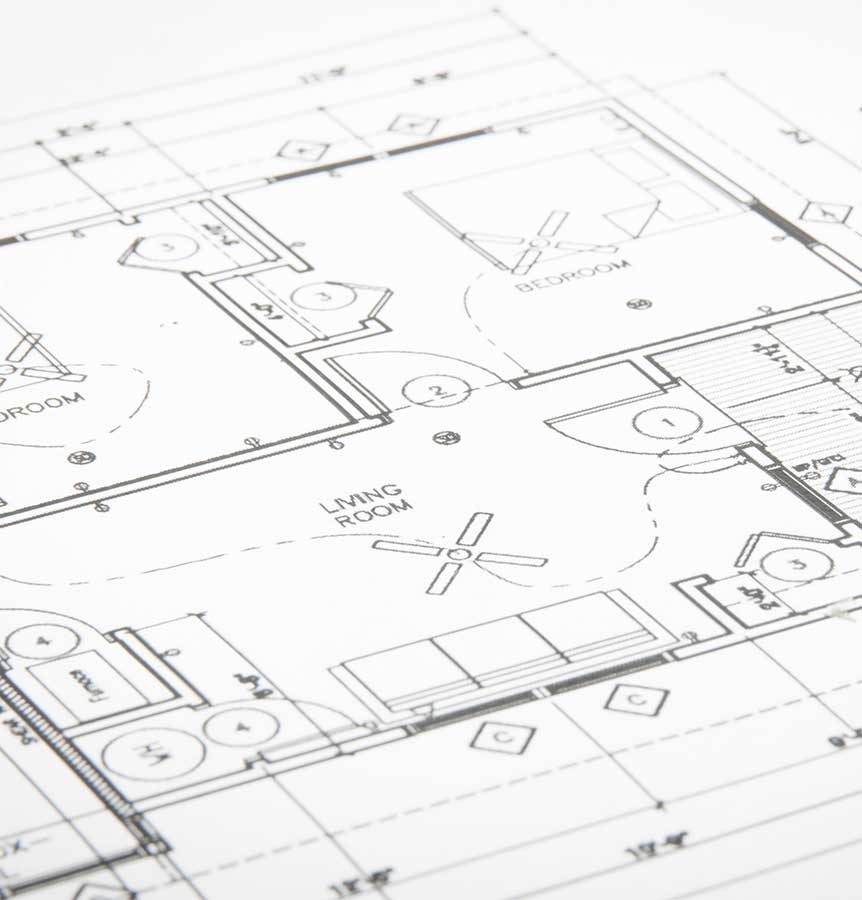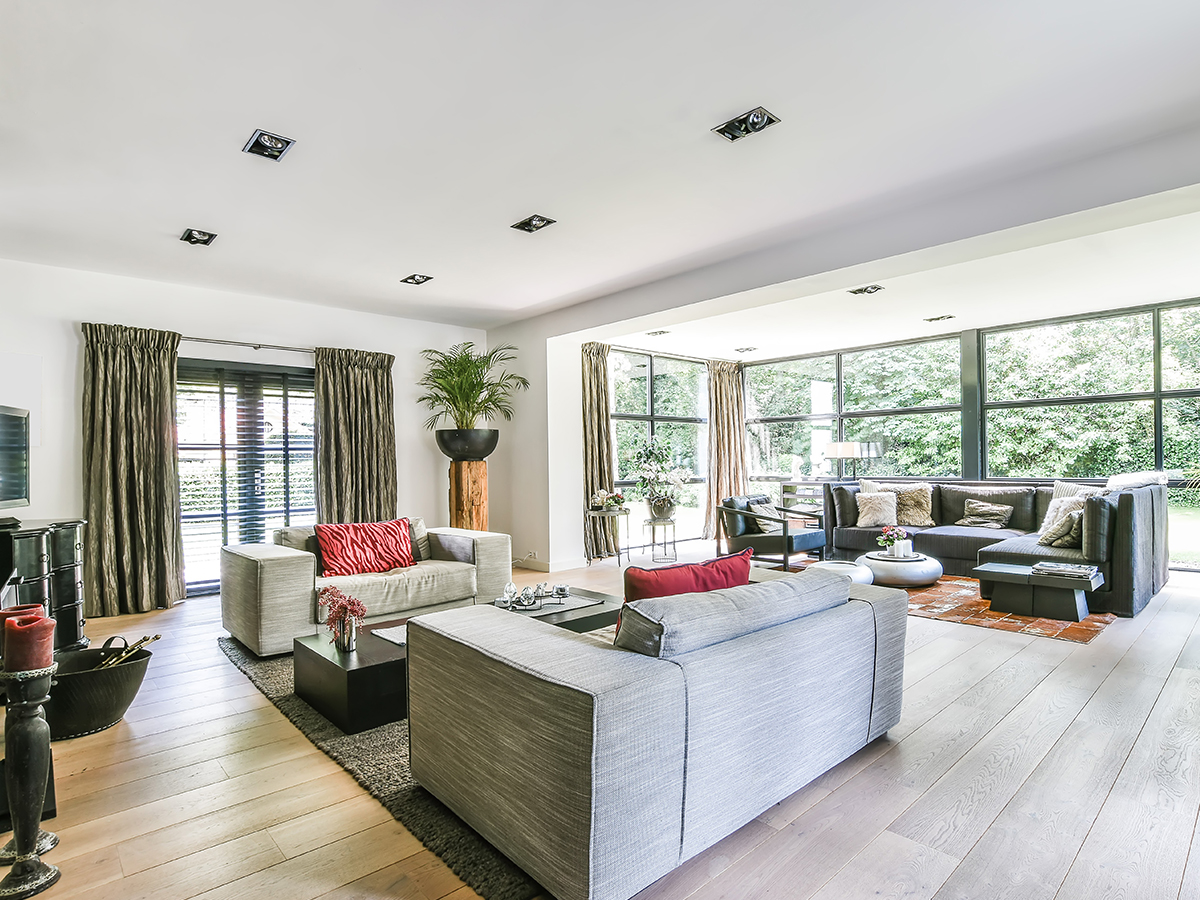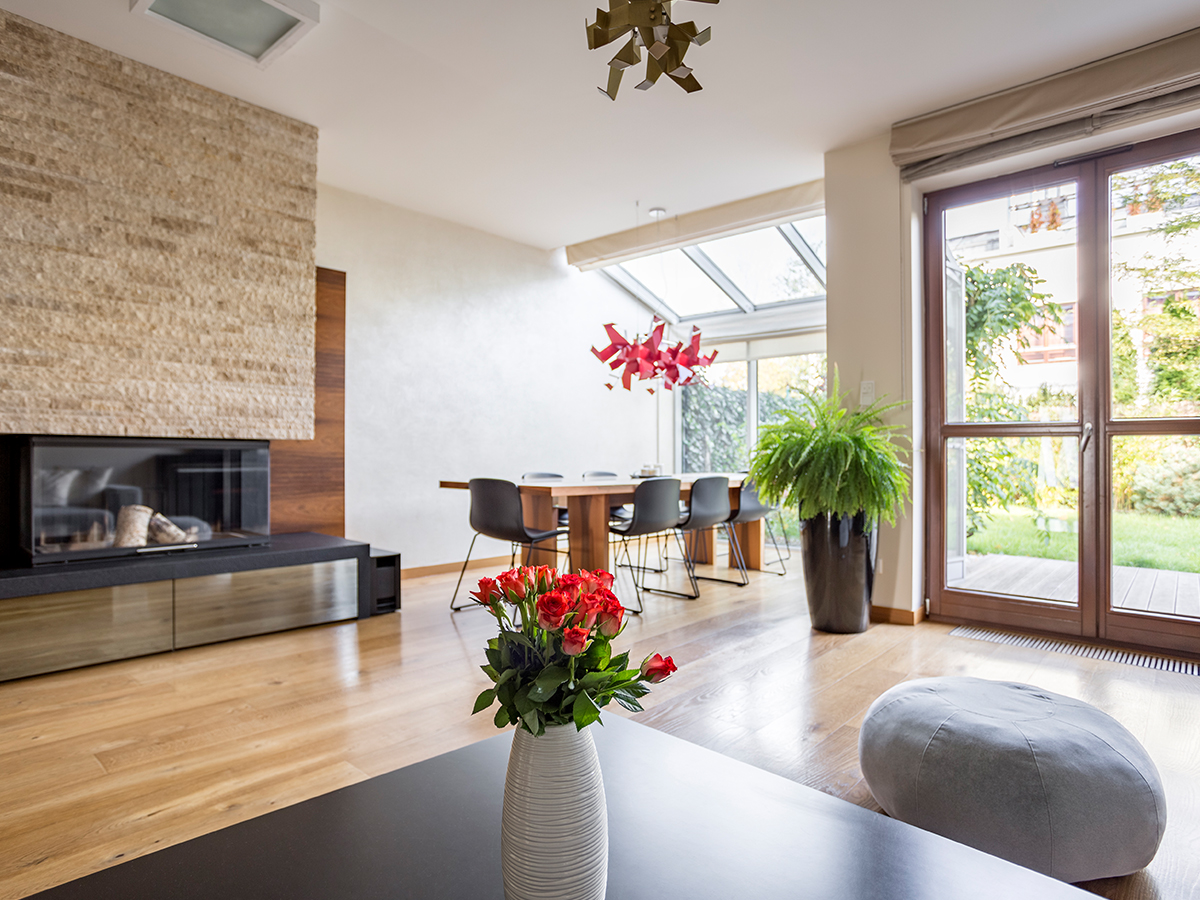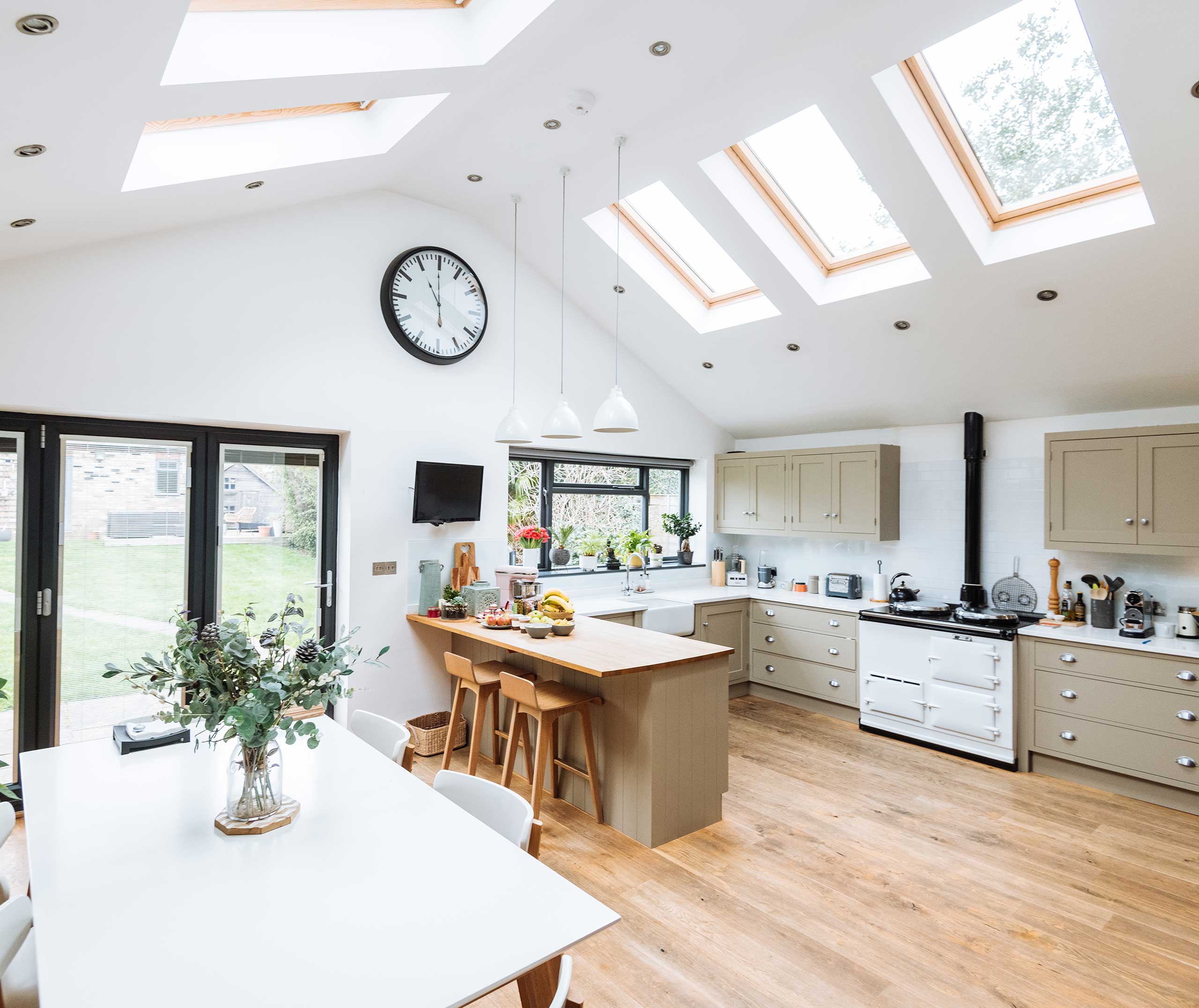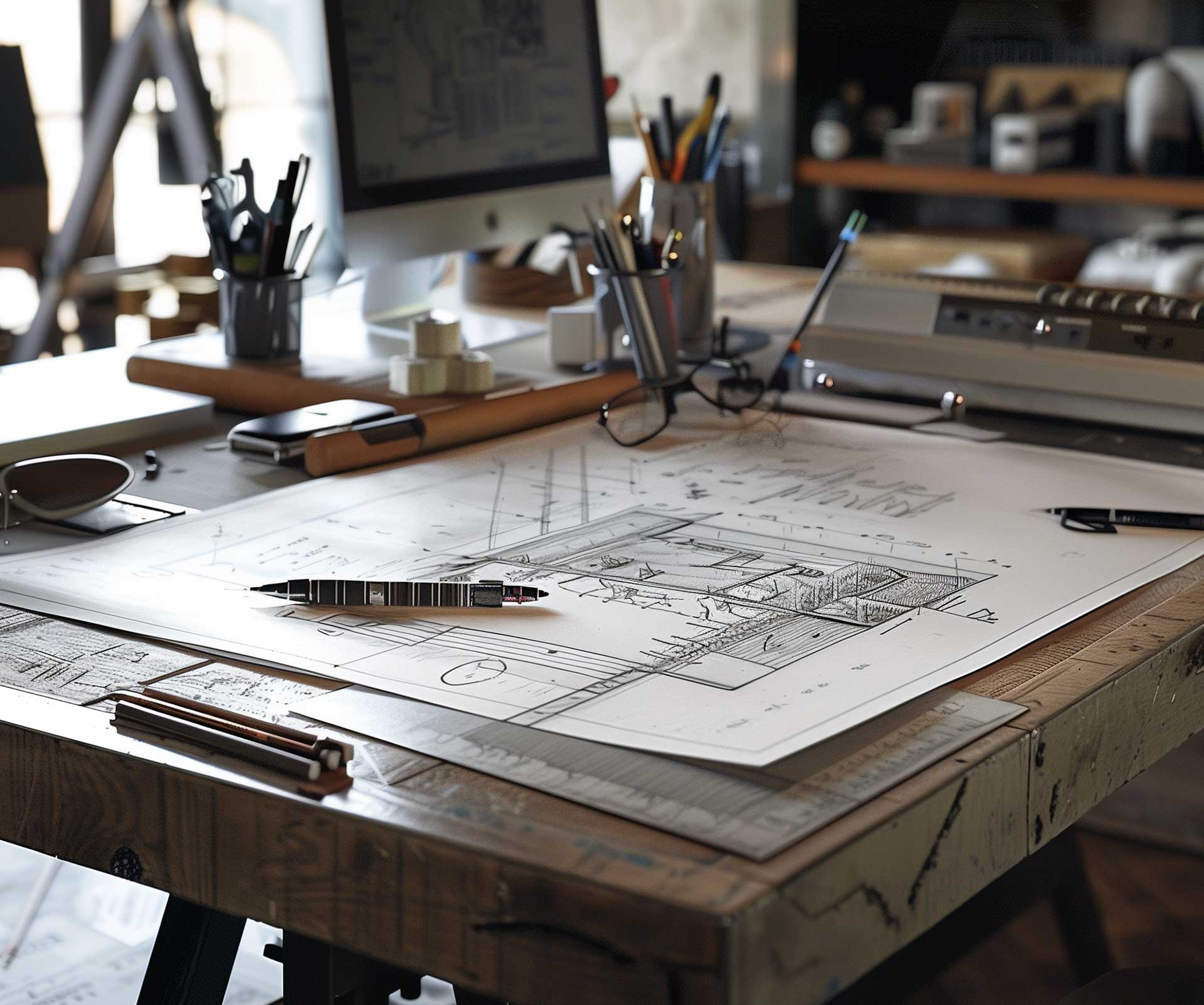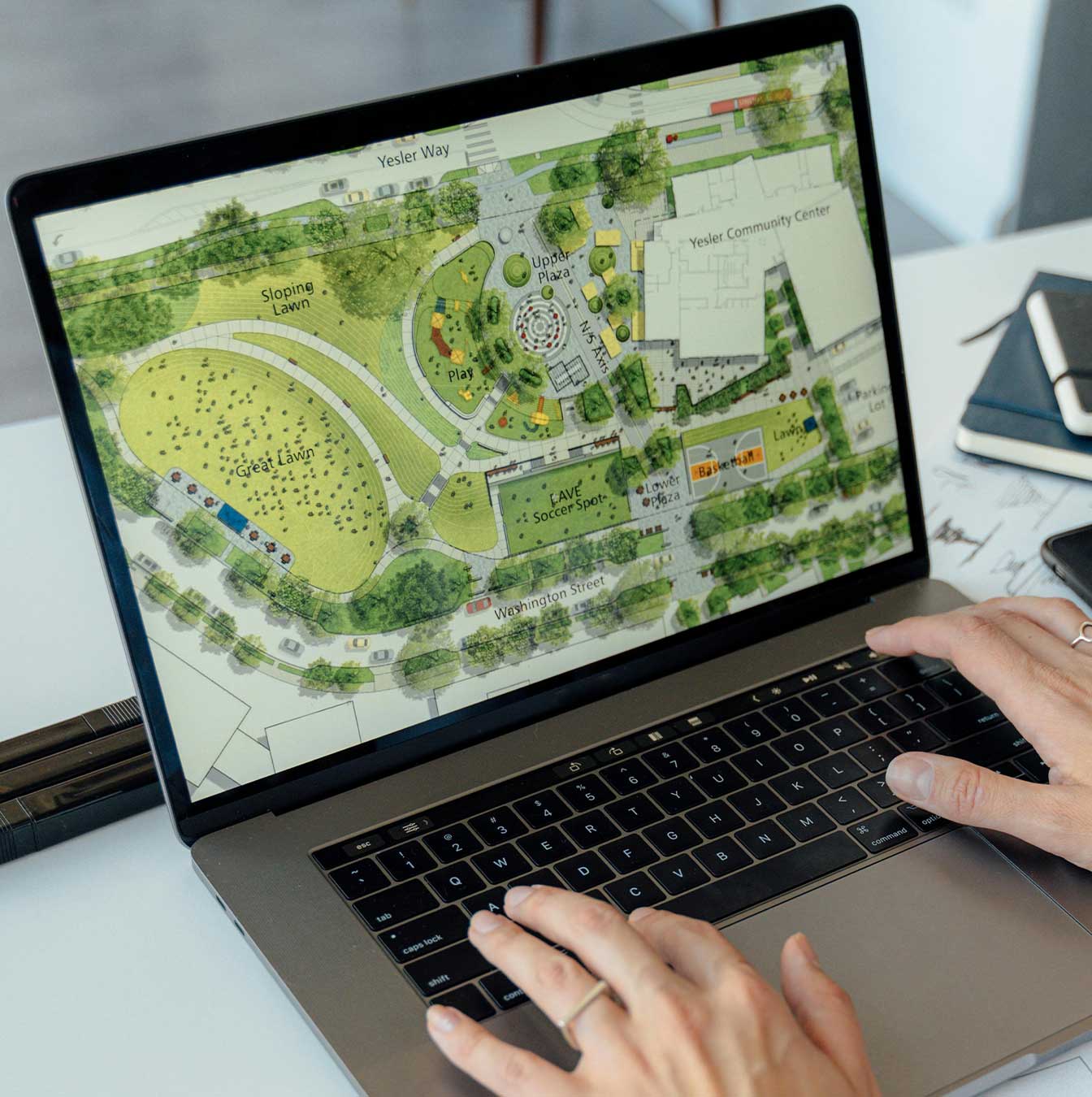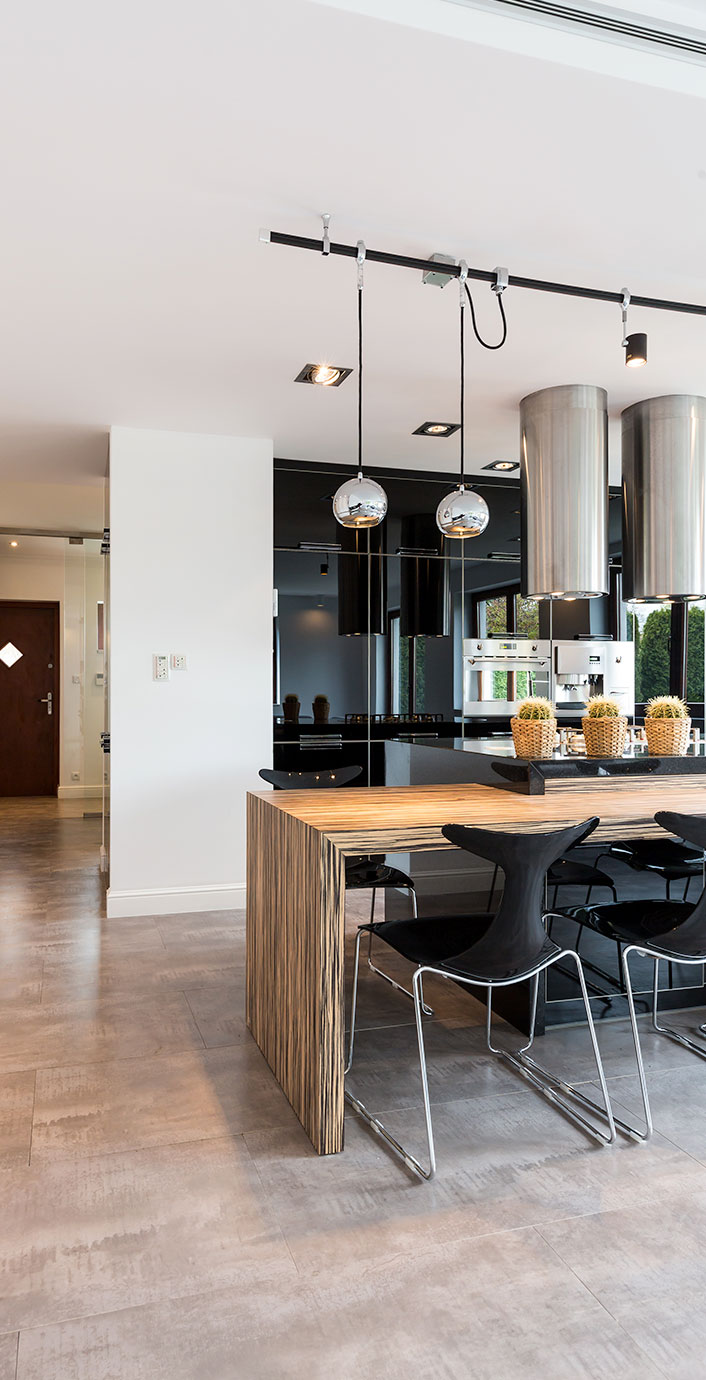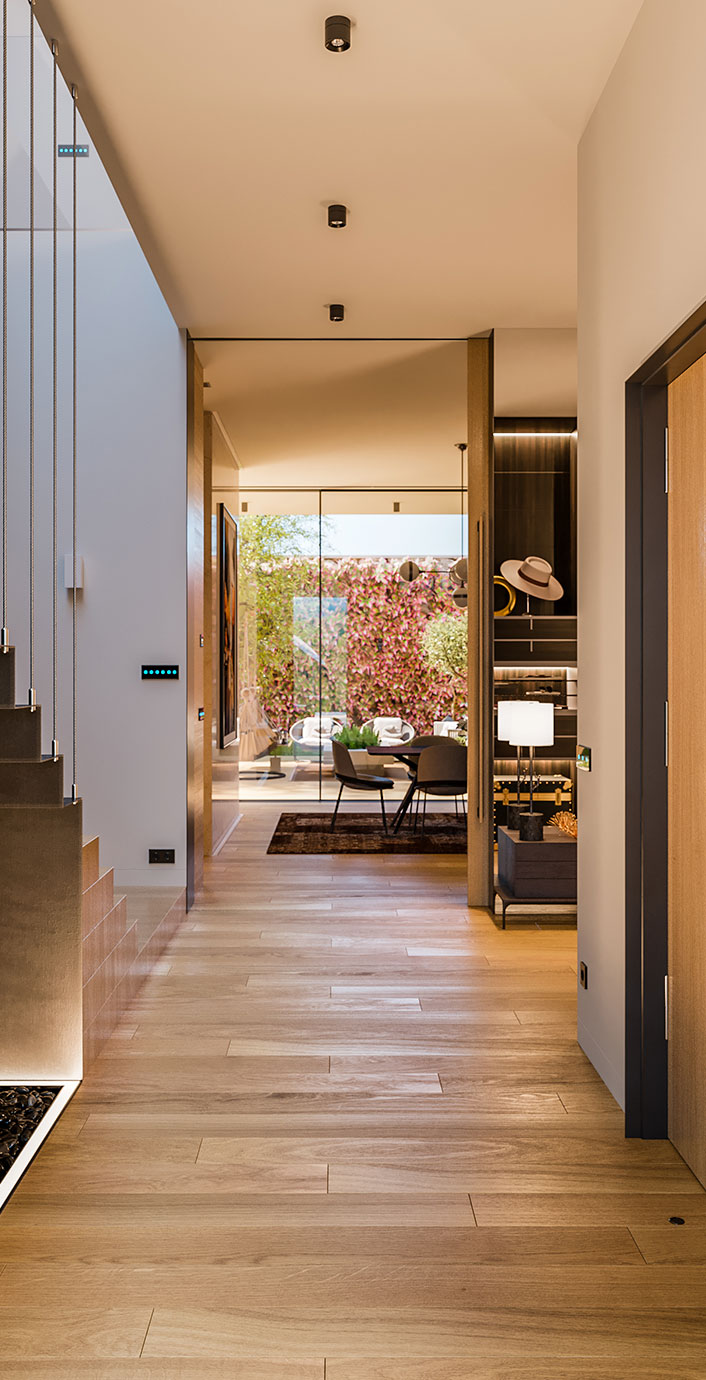Imagine creating your dream home extension in Hampshire’s South Downs National Park. The night sky comes alive with the Milky Way, Orion, and even Andromeda visible to the naked eye. As an International Dark Sky Reserve, the park’s celestial beauty is a natural heritage worth protecting.
As South Downs architects, GRK Architecture specialises in thoughtful design that enhances your living space while safeguarding the night skies and the wildlife beneath it. By incorporating dark-sky-friendly lighting and sustainable solutions, we help you create a home that blends seamlessly with the beauty of the South Downs.
Why Dark Skies Matter: Sustainable Architecture in the South Downs
International Dark Sky Reserve Status
In May 2016, the South Downs was awarded Internation Dark Sky Status. International Dark Sky Reserves are ‘public or private land possessing an exceptional or distinguished quality of starry nights and nocturnal environment specifically protected for its scientific, natural, educational, cultural, heritage and/or public enjoyment.’
If you’re lucky enough to live in the South Downs, you can enjoy the vivid strip of the Milky Way above you with just the naked eye and the stars of Orion and Andromeda (our neighbouring galaxy).
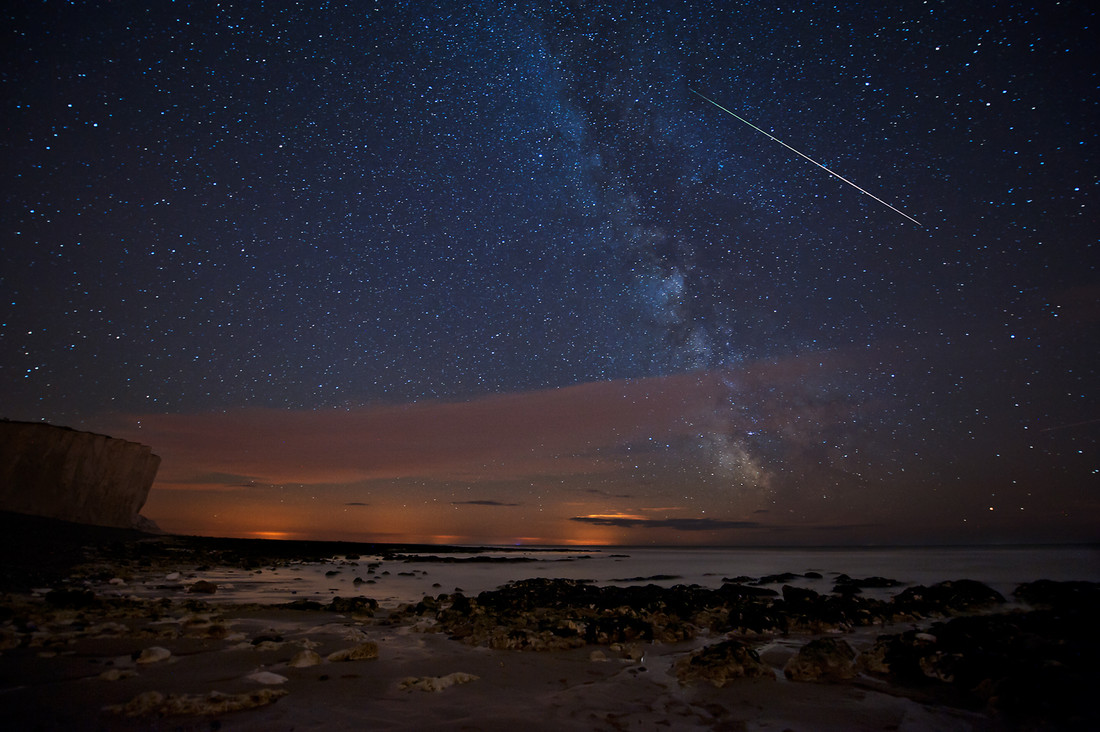
The Milky Way, as seen from the South Downs
The Urbanisation Challenge
Although the dark skies of the South Downs have gradually brightened due to the growing population and urban development, the Milky Way remains visible in the darkest parts of the sky.
The South Downs National Park Authority (SDNPA) strive to protect and enhance the skies for the benefit of its wildlife and people so they can ‘continue to engage with nature on a galactic scale’.
The architectural opportunities with night skies like these are immeasurable. Through mindful and innovative design, GRK architects can help you create your dream home withoutdiminishingo these spectacular views.
GRK’s Expertise in Dark Sky-Friendly Home Design
Lighting Guidelines for Domestic Properties
When designing your new development or home extension in the South Downs, considerate lighting is a must. By following SDNPA guidelines, we can reduce sky glow, which is one of the biggest culprits in brightening the night skies.
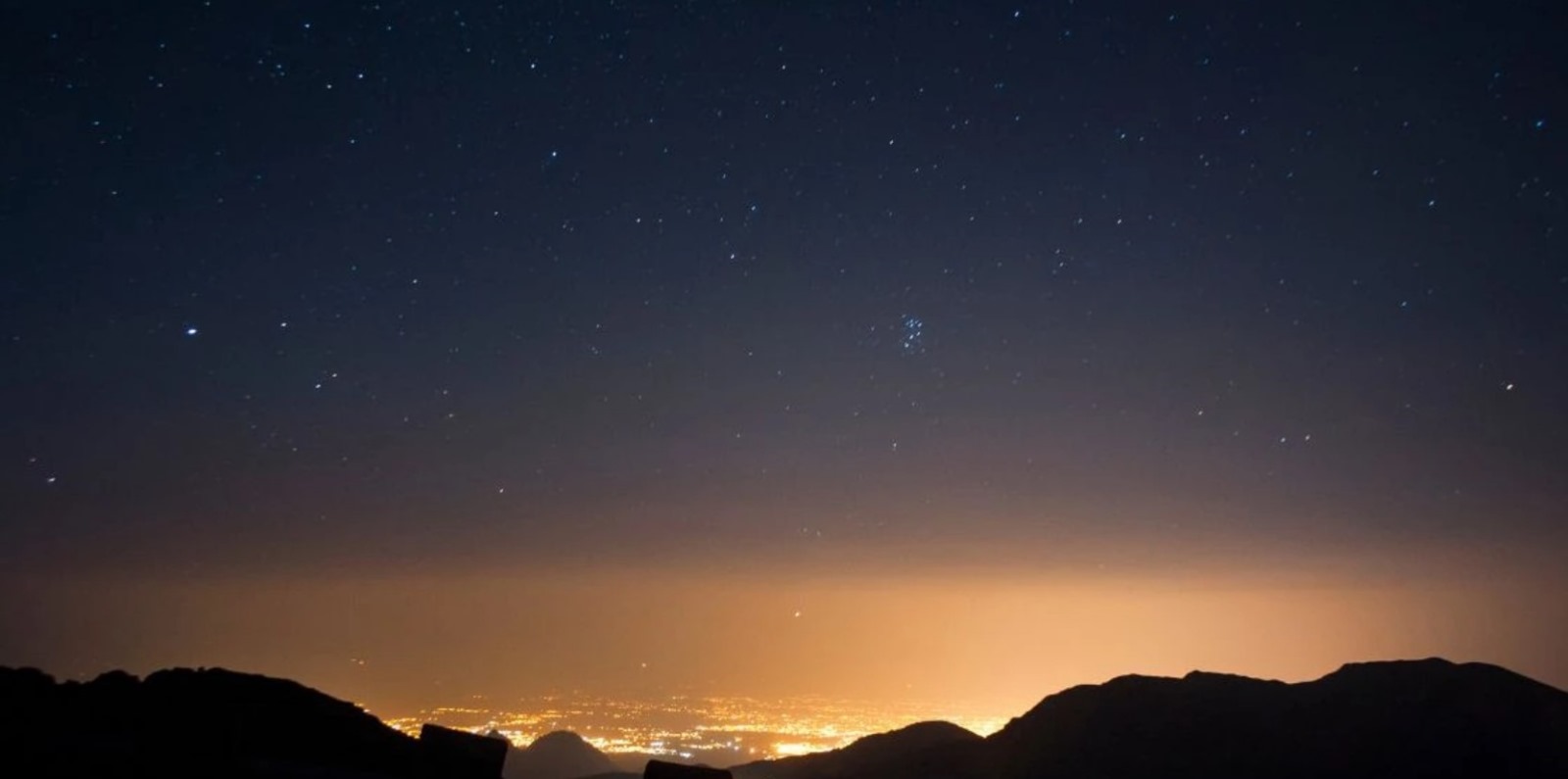
Sky Glow from the urban areas of the South Downs
GRK architecture incorporates these guidelines into your forever home in ways such as:
- Limiting upward light spill by using light shields and angling light fixtures downwards
- Use 500 lumens or less for light fixtures (this tends to be bright enough to satisfy domestic lighting needs.)
- Opting for light fixtures that blend with the aesthetic and character of the area over ‘functional’ and clunky fixtures.
Energy-Efficient Lighting
For dark sky compatibility, it is key to ensure that all lighting is warm-toned and avoid bright white and cooler-temperature LEDs. GRK architects will incorporate LEDs of less than 3000 Kelvin (yellow/orange tone) to help preserve the night sky and create a sense of cosiness and comfort in your home.
For outside your home, proximity sensors and light timers will help reduce unnecessary illumination and energy bills.
Indoor Considerations
Many modern home extensions incorporate a significant amount of extensive glazing to achieve the popular contemporary look. Still, due to light spills, such designs could be detrimental to the night skies of the South Downs.
This doesn’t mean you must say goodbye to the glazing altogether. By opting for innovative design ideas such as automated shades or low-transmittance glazing, you can mitigate the light spill and still enjoy the stars from the comfort of your new rear extension.
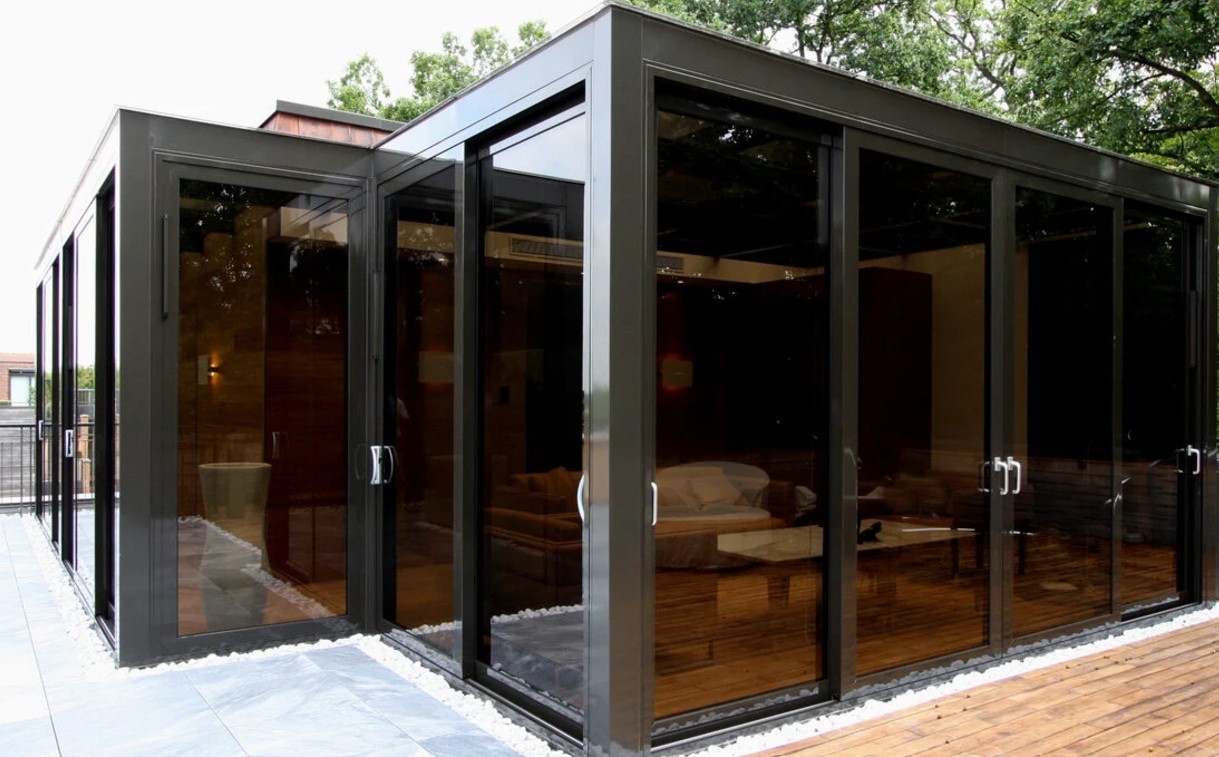
Expanding Your Home in the South Downs: What You Need to Know
Proportional Expansion
Home extensions are one of the most common ways to expand your living space to accommodate a growing family or enhance your home working environment. In the South Downs, there are limitations to how far you can extend your existing property to prevent the loss of small/medium-sized homes.
Extensions are typically limited to a maximum 30 increase in the floor area, but if the 30% cap becomes detrimental to the overall design, they will accept up to a 35% increase.
In exceptional circumstances, a more significant increase will be accepted if the expansion is to ease the movement and accommodation of a disabled resident or enhance a heritage asset, historic setting, or landscape.
Do I Need Planning Permission?
Minor light fitments on buildings don’t usually need planning permission, but with the night sky policy holding so much weight in the South Downs, you may need it when:
- Installing light schemes that are typically undertaken by specialist lighting engineers (like for outdoor sporting grounds)
- Installing large-scale lighting like floodlighting for football stadiums
- Installing lights on a listed building that would affect its character
- Any development incorporating large amounts of glazing as an internal spill is a significant source of light pollution.
So, the contemporary extension or orangery you envision will likely need planning permission and a lighting assessment conducted by a qualified lighting engineer. These assessments cover elements such as the need for lighting, the position, angle, and lumens of all lights, and the impact on the surrounding wildlife.
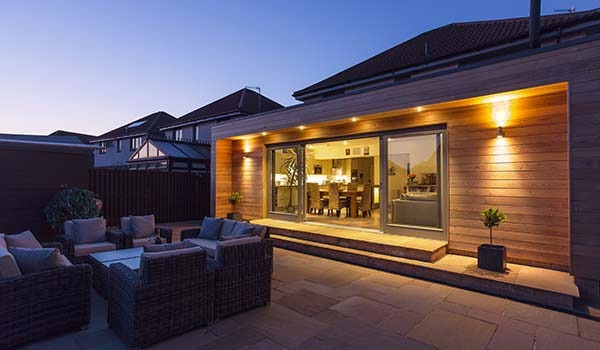
Eco-Friendly Architecture that Supports South Downs Wildlife
As a National Park, the South Downs has a variety of fauna, including bats (a protected species), birds, and insects. Excessive or careless lighting can severely impact these nocturnal creatures’ circadian rhythms, reducing breeding and causing a population decline.
Disturbing bats or their roosts is not only detrimental to them but also illegal. When designing your new addition or extension in the South Downs, GRK takes every care to avoid illuminating bat roosts or their foraging areas.GRK also prioritises aavoidingdirect illumination of bird nests and other ecologically sensitive aareas
GRK ensures that your desires and the needs of the surrounding fauna align seamlessly through thoughtful designs that incorporate downward-facing lighting, warm-temperature LEDs, and minimal UV source lighting.
Why Architects and Homeowners Should Embrace Sustainable Design
Every project, big or small, contributes ton preserving the natural beauty and heritage of the South Downs. Living beneath the stars of the Milky Wa makes extra consideration for lighting design genuinely worth it for homeowners and architects alike.
- For you: Supporting biodiversity and preserving the night sky enhances your property value and fosters eco-friendly living, significantly reducing energy bills.
- For us, we get to utilise creative design solutions to provide you with your new home extension or a stunning outdoor space to enhance your starry sky viewings while ensuring that the night sky and the creatures beneath it continue to thrive.
Plus, showing dedication to preserving the night skies and wildlife wellbeing provides the best chance of gaining planning approval for your perfect haven under the stars.

